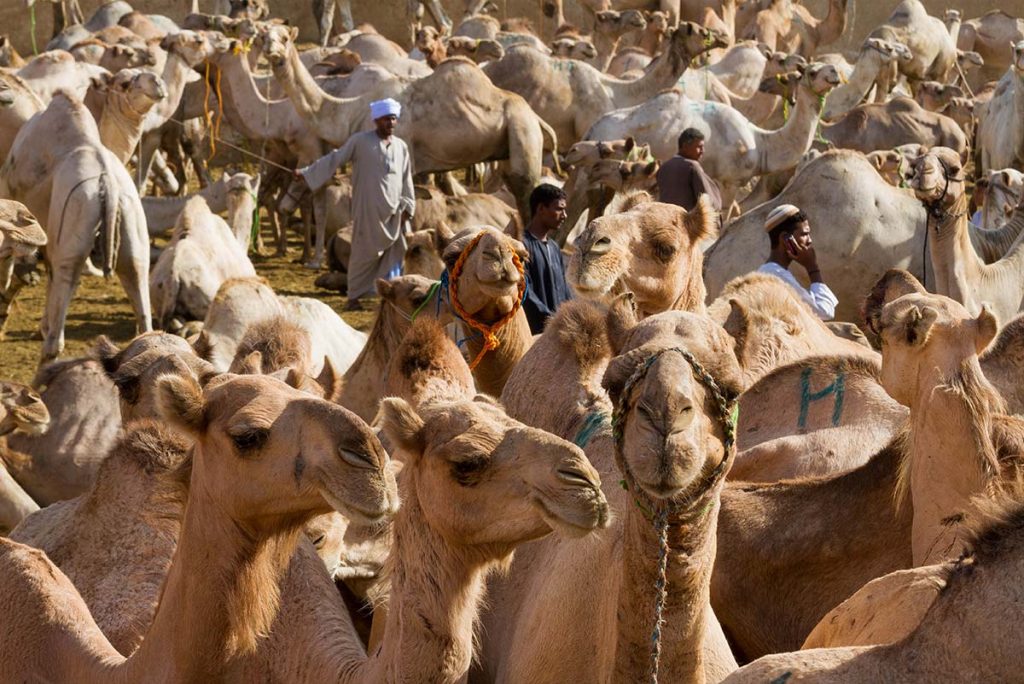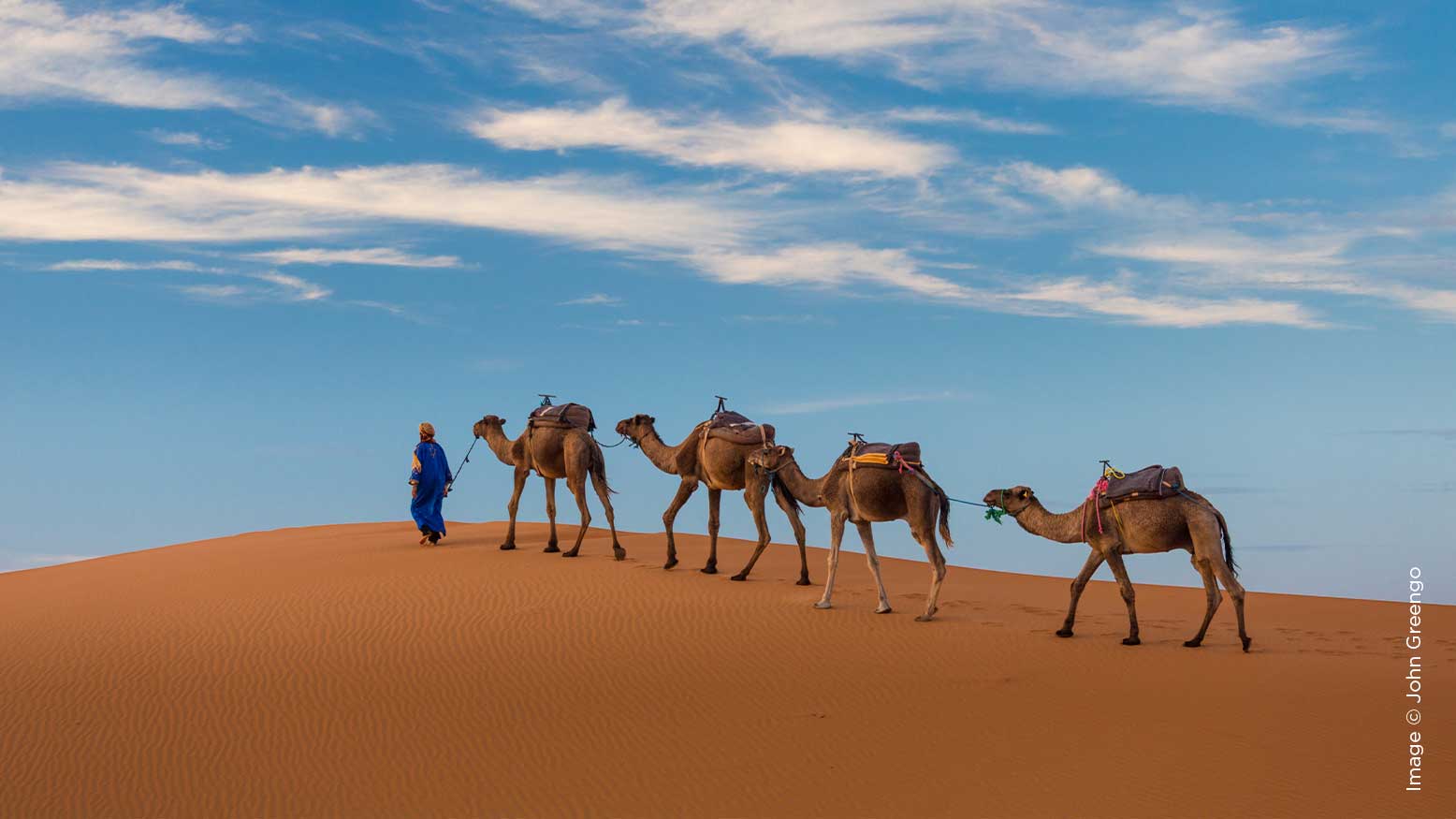Travel Photography Gear Guide with John Greengo
For many photographers, nothing matches the excitement of heading off to a far-flung destination rich in photographic potential. The gear you choose to take will have a big impact on what images make the return journey home.
Having the right gear guide on the road is important because when you’re away you typically have limited time, equipment and resources. The items you choose to bring need to match the purpose and scope of your travels. A clear understanding of what you want to achieve and the situation you will be in will determine what specific items you need and overall how much gear to bring.
The obvious travel conundrum is how to bring everything you might need, have backups, and not exceed weight limitations. The key is bringing only the most useful gear and backing up the most likely points of weakness. Failure in any one of four key areas—camera, lens, power and memory—can put an end to your photography adventure.
Camera
All cameras are designed to travel. The best camera for you and your travels will depend on many characteristics, but any camera can be justified as a good option. It just needs to fit your needs and be appropriate for the situation. My personal rule is that I won’t leave home without two quality cameras. From off-roading in a 4×4 in Mongolia to bicycling through South America, I’ve always traveled with two cameras. If you want to count your mobile phone as one of these two cameras, that’s up to you. As long as it captures the quality of images that you’re happy to go home with, then it’s good enough.
The obvious reason for two cameras is in case one should be lost, stolen or unusable after an accident. Beyond backup, there are other benefits to having two cameras. When visiting the camel fair outside Cairo, Egypt I was excited about the variety of shots available. Shooting with two cameras allowed me to quickly switch between two different lenses. The added benefit was that I wouldn’t need to expose my camera’s sensor to the heavy dust that filled the air.
I prefer to travel with two different models of the same camera brand. This way lenses are interchangeable for backup reasons, and the bodies can fit different needs. One camera might be better suited for action and video, or may just be smaller and more appropriate for carrying along to dinner. It’s best if the two cameras use the same memory cards, batteries and chargers for additional layers of contingency.





